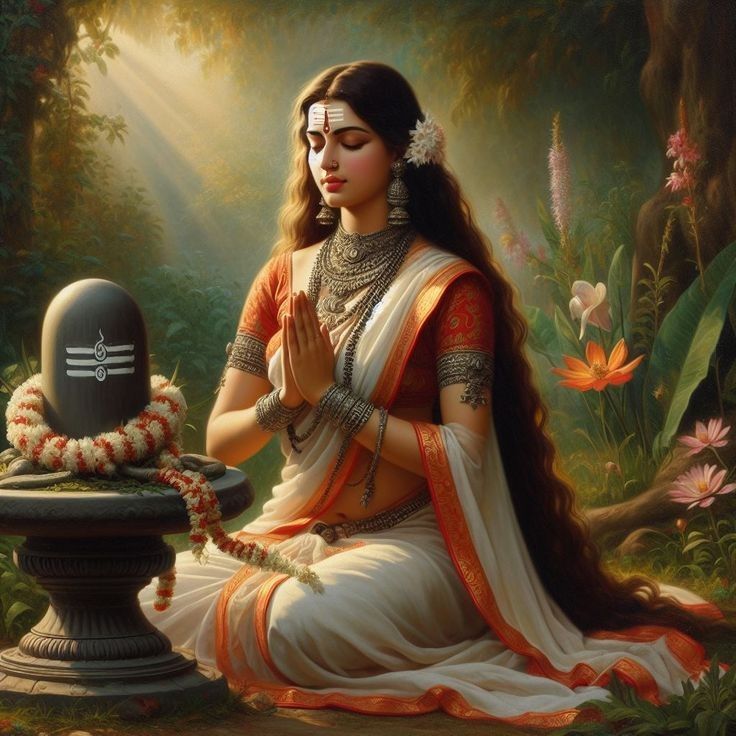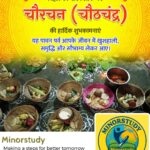6 Fascinating Facts About Goddess Parvati That Will Inspire You
Goddess Parvati, the divine consort of Lord Shiva, represents love, devotion, strength, and fertility. Revered as a nurturing mother and powerful goddess, she inspires balance between gentleness and strength, devotion and discipline, family and spiritual life. This article explores the history, facts, timeline, significance, FAQs, daily life impact, and societal importance of Goddess Parvati in a human-friendly and detailed manner.
Parvati
| Characteristics : | Virtuous, Fertility, Marital felicity, Asceticism, Power |
| Other Names : | Uma, Lalitha, Gauri, Shivakamini, Aparna |
| Principal Scriptures : | Lalita Sahasranama |
| Consort : | Lord Shiva |
| Children : | Lord Ganesha, Lord Kartikay (Murugana) |
| Abode : | Mount Kailash |
| Vahana (Vehicle) : | Lion |
History of Goddess Parvati
Parvati’s story is deeply intertwined with Hindu mythology and philosophy:
Vedic Roots: Early mentions of Shakti in Vedic texts laid the foundation for goddesses like Parvati, emphasizing the divine feminine energy.
Puranic Texts: Works such as Shiva Purana, Skanda Purana, and Devi Bhagavata Purana describe Parvati’s life, her penance to win Shiva’s heart, and her role as a mother and spiritual guide.
Epic Narratives: In various stories, Parvati appears as Shakti incarnate, representing devotion, strength, and guidance to both gods and humans.
Temple Traditions: Temples across India, especially in Himachal Pradesh, Uttarakhand, Tamil Nadu, and Odisha, honor Parvati as the ideal wife, mother, and goddess of strength.
Interesting Facts About Goddess Parvati
Consort of Lord Shiva: Parvati embodies love, devotion, and marital bliss, showing the balance of spiritual and worldly life.
Mother of Ganesha and Kartikeya: Parvati is revered as the nurturing mother, symbolizing fertility, care, and guidance.
Multiple Forms: She manifests in various forms such as Durga, Kali, Annapurna, and Shailaputri, each representing unique aspects of life and divinity.
Symbol of Devotion and Strength: Through her penance to win Shiva’s love, Parvati exemplifies perseverance, devotion, and inner strength.
Iconography: Often depicted with two or four arms, holding lotus, trident, or rosary, sometimes riding a lion, symbolizing grace combined with power.
Spiritual Guide: Parvati guides her devotees in spiritual awakening, ethical living, and emotional balance.
Timeline of Parvati Worship
Vedic Period (c. 1500–500 BCE): Emergence of Shakti and reverence for divine feminine energy.
Puranic Era (c. 300–1200 CE): Detailed stories of Parvati appear in Shiva Purana and Skanda Purana.
Medieval Era: Temples and sculptures dedicated to Parvati flourish across India.
Modern Era: Worship continues through festivals, rituals, and cultural practices, emphasizing devotion, strength, and family values.
Significance of Goddess Parvati
Parvati holds spiritual, moral, and cultural significance:
Spiritual Inspiration: Represents devotion, meditation, and divine energy, encouraging personal growth.
Balance and Harmony: Symbolizes balance between worldly duties and spiritual pursuits.
Empowerment: Shows that strength, perseverance, and patience can achieve divine goals.
Moral Guidance: Her stories teach ethical conduct, family values, and devotion.
Cultural Influence: Integral to festivals like Navratri, Parvati Jayanti, and Ganesha Chaturthi.
Personal Growth: Inspires individuals to cultivate courage, discipline, and emotional resilience.
Social Unity: Festivals and rituals strengthen community engagement and cultural heritage.
FAQs About Goddess Parvati
Q1: Who is Goddess Parvati?
A1: Parvati is the divine consort of Lord Shiva, mother of Ganesha and Kartikeya, and an embodiment of Shakti, representing love, strength, and devotion.
Q2: What are the forms of Parvati?
A2: She manifests as Durga, Kali, Annapurna, Shailaputri, among others, representing protection, power, nurturing, and purity.
Q3: What is the significance of Parvati in daily life?
A3: She inspires balance, devotion, ethical living, perseverance, and spiritual growth.
Q4: Which festivals are dedicated to Parvati?
A4: Navratri, Parvati Jayanti, and Ganesha Chaturthi celebrate her divine presence.
Q5: How is Parvati worshiped?
A5: Through prayers, meditation, temple visits, fasting, and rituals seeking strength, love, and guidance.
Impact on Daily Life
Goddess Parvati’s influence on daily life is profound and practical:
Emotional Strength: Her stories encourage patience, resilience, and compassion in everyday challenges.
Spiritual Growth: Devotion to Parvati fosters inner peace, meditation, and mindfulness.
Family Values: Exemplifies love, nurturing, and responsibility, guiding family life.
Cultural Engagement: Inspires participation in festivals, arts, and communal rituals.
Moral Guidance: Teaches devotion, ethical living, and balanced decision-making.
Observance and Wishing
Navratri: Nine-day festival honoring her different forms, promoting spiritual reflection, fasting, and community engagement.
Parvati Jayanti: Celebrates her birth and virtues with prayers and rituals.
Ganesha Chaturthi: Worshiped as the mother of Ganesha, emphasizing nurturing and care.
Daily Rituals: Devotees perform prayers, meditation, and offerings seeking blessings for strength, love, and prosperity.
Wishing: People invoke Parvati for family harmony, courage, spiritual guidance, and emotional resilience.
Conclusion: Why Goddess Parvati Matters
Goddess Parvati is more than a mythological figure; she is a symbol of love, strength, devotion, and balance. Her stories inspire individuals to persevere, act ethically, and maintain harmony between spiritual and worldly life. On a societal level, Parvati’s worship strengthens family values, cultural traditions, and community bonds.
By understanding and honoring Parvati, individuals can cultivate inner strength, emotional balance, and devotion, while society benefits from unity, moral guidance, and cultural richness. She reminds us that gentleness combined with strength can overcome all obstacles in life.
Quick Recap: 6 Fascinating Facts About Goddess Parvati
Divine consort of Lord Shiva, representing love and devotion.
Mother of Ganesha and Kartikeya, symbolizing nurturing and guidance.
Manifests in multiple forms like Durga, Kali, and Annapurna.
Represents perseverance, strength, and spiritual growth.
Integral to festivals like Navratri and Parvati Jayanti.
Inspires ethical living, emotional balance, and cultural participation.








